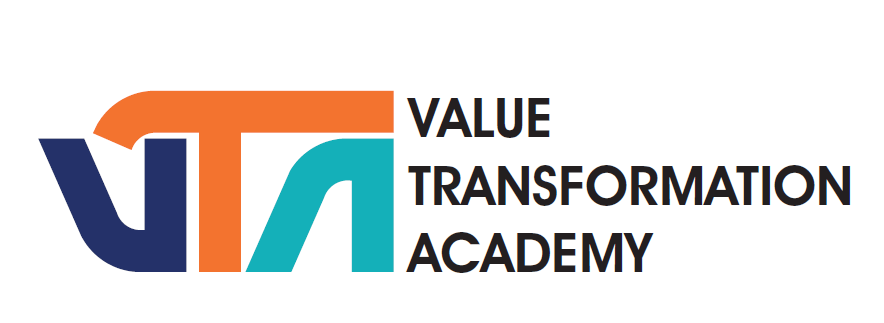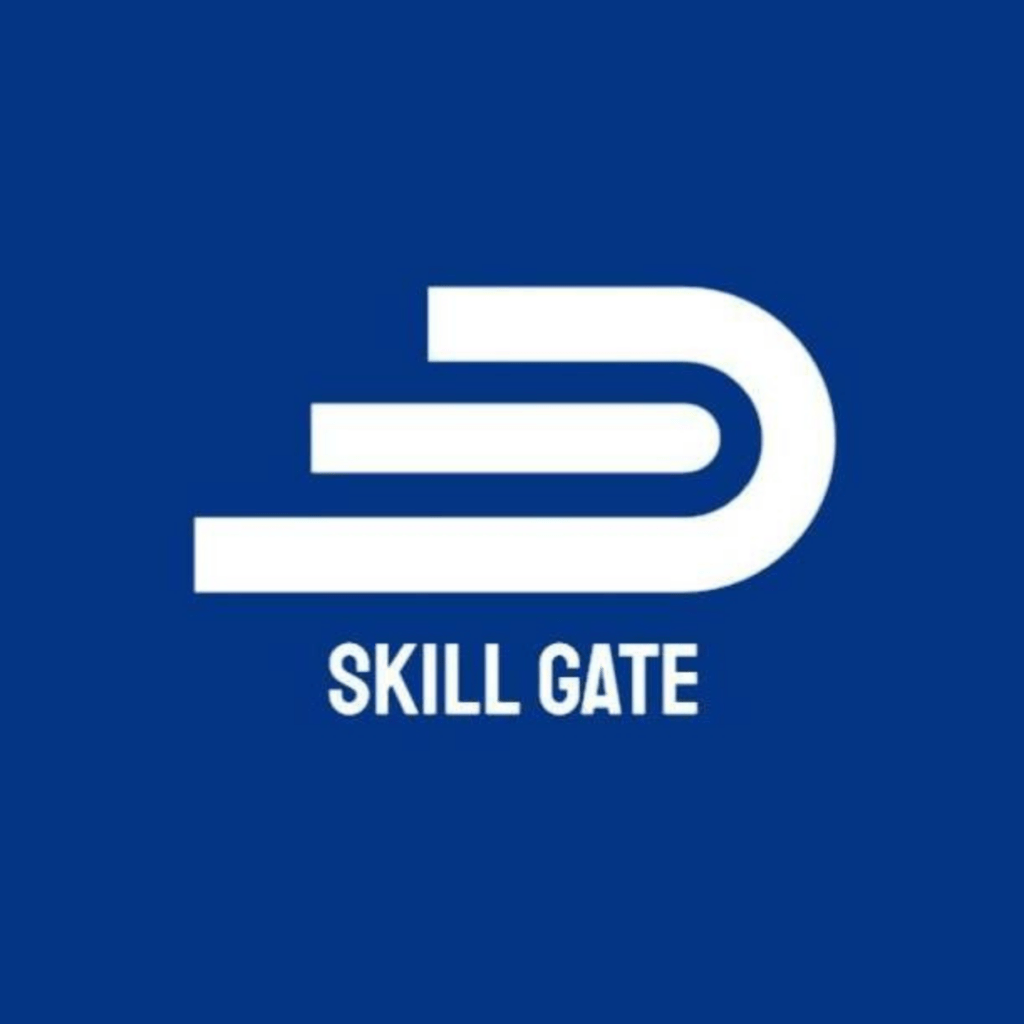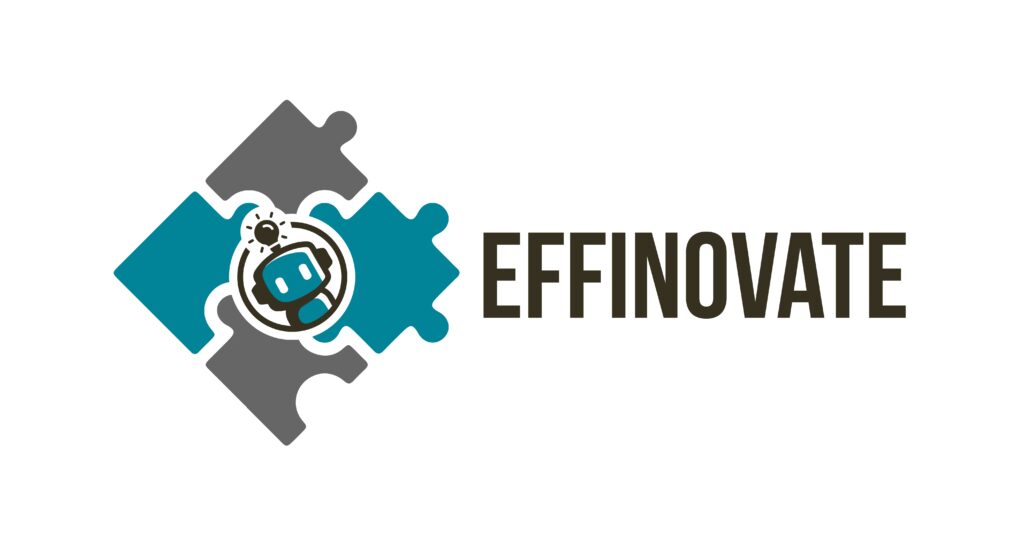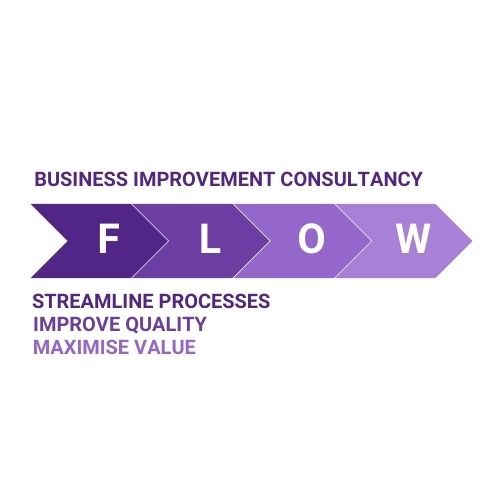Efficient Healthcare Management: Transforming Patient Care through Lean Practices
This blog post is dedicated to healthcare professionals striving for excellence in patient care and operational efficiency through lean practices. Today, we’ll explore a remarkable case study from Guy’s and St Thomas’ NHS Trust, where the urology team significantly reduced the backlog of prostate procedures. Their success story is an inspiration for healthcare institutions worldwide to adopt lean initiatives and process efficiency.
As we delve into this case, consider enhancing your expertise in lean healthcare by becoming a Certified Lean Healthcare Practitioner (Become Certified).
The Challenge
The healthcare team at Guy’s and St Thomas’ NHS Trust faced a daunting and increasingly common challenge in the medical world. They were confronted with a growing backlog of patients awaiting prostate procedures. This situation was exacerbated by a blend of limited resources and the ongoing repercussions of the COVID-19 pandemic, which had strained the healthcare system to its limits.
In many hospitals and healthcare facilities, this imbalance between patient needs and available resources is a pressing issue, leading to prolonged waiting times and added stress for both patients and healthcare providers.
The team needed a solution that could not only address the immediate backlog but also pave the way for a more efficient system in handling similar challenges in the future.
Innovative Approach- The Lean Methodology
In response to this critical challenge, the team at Guy’s and St Thomas’ embraced a solution rooted in lean methodology, a strategy renowned for maximizing efficiency and minimizing waste.
They developed what they called a High-Intensity Theatre List (HIT list) strategy. This innovative approach focused on streamlining the process for a single type of procedure – prostate surgeries – and scheduling these operations during weekends. This was no small feat; it required meticulous planning and a thorough re-evaluation of existing processes and resources.
The strategy was aimed at optimizing the use of available resources, including operating theatres and staff, ensuring that more patients could be treated within a shorter timeframe.
The team was able to create a system that not only addressed the backlog but also set a precedent for managing similar situations in the future, by concentrating on process efficiency and the reduction of waste in all its forms (Discover More About Lean Methodology).
Team Collaboration and Planning in Lean Processes
The success of the HIT list strategy was largely due to the exceptional level of collaboration and planning by the multidisciplinary team at Guy’s and St Thomas’. This approach brought together surgeons, nurses, administrators, and other essential staff, each contributing their expertise to the planning process.
The team held numerous meetings to meticulously plan each HIT list, ensuring the right mix of cases and effective allocation of resources. This level of detailed planning and collaboration was akin to conducting a symphony orchestra, where each member played a crucial role in harmony.
The team’s concerted efforts focused not only on the technical aspects of the procedures but also on ensuring that the patient experience remained a top priority. By working together seamlessly, they were able to create a streamlined, efficient process that enhanced the overall quality of care provided to their patients.
Results and Impact
The outcomes were astounding. What typically would take a week, the surgeons managed in a day. Over 17 HIT lists, they treated 344 patients across multiple specialties. This efficiency didn’t just reduce waiting times; it elevated patient satisfaction and staff morale.
Patients like Mick Jennings experienced first-hand the benefits of this lean approach. He noted the energized staff and efficient pace, reflecting the overall positive impact of the initiative.
This highlights the importance of detailed planning and teamwork in achieving lean efficiency in healthcare (Explore Certification).
In conclusion, the case of Guy’s and St Thomas’ is more than just a success story; it’s a blueprint for transformative efficiency in healthcare. Their approach demonstrates how lean principles can significantly improve patient care and operational effectiveness.
To equip yourself with the skills necessary for such transformative work, consider becoming a Certified Lean Healthcare Practitioner. This certification could be your first step towards leading similar initiatives in your organization (Get Certified).
Remember, in healthcare, efficiency and compassion go hand in hand. By embracing lean methodologies, we can ensure that patient care is not only effective but also delivered with the utmost respect and diligence. Join the movement towards a more efficient, patient-centered healthcare system today (Start Your Journey).




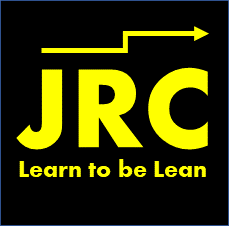
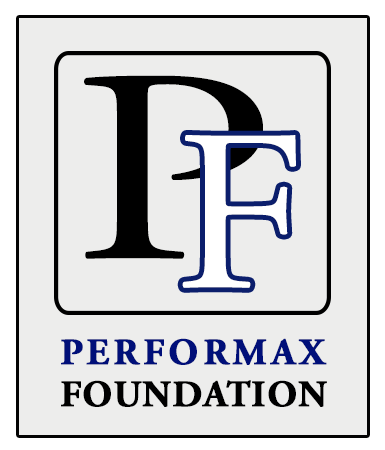









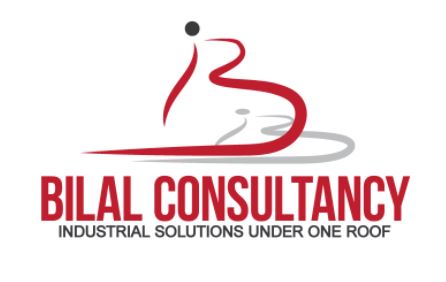
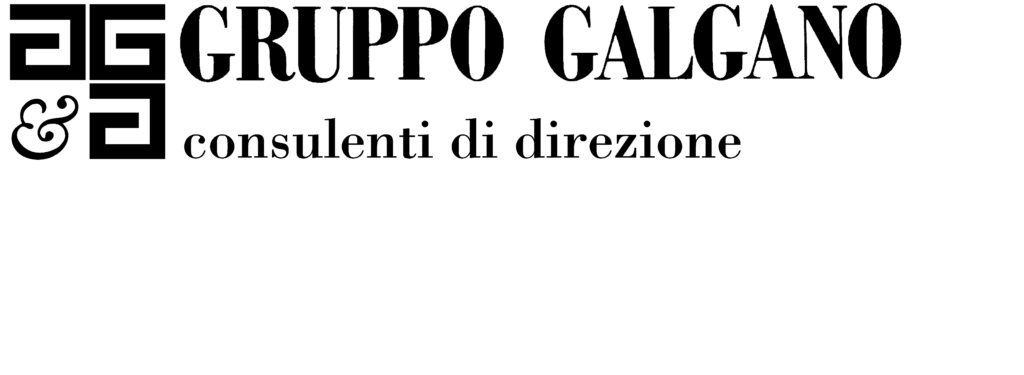



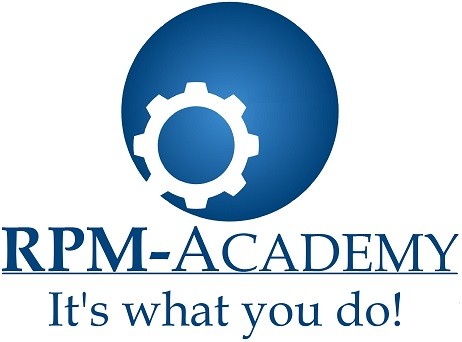
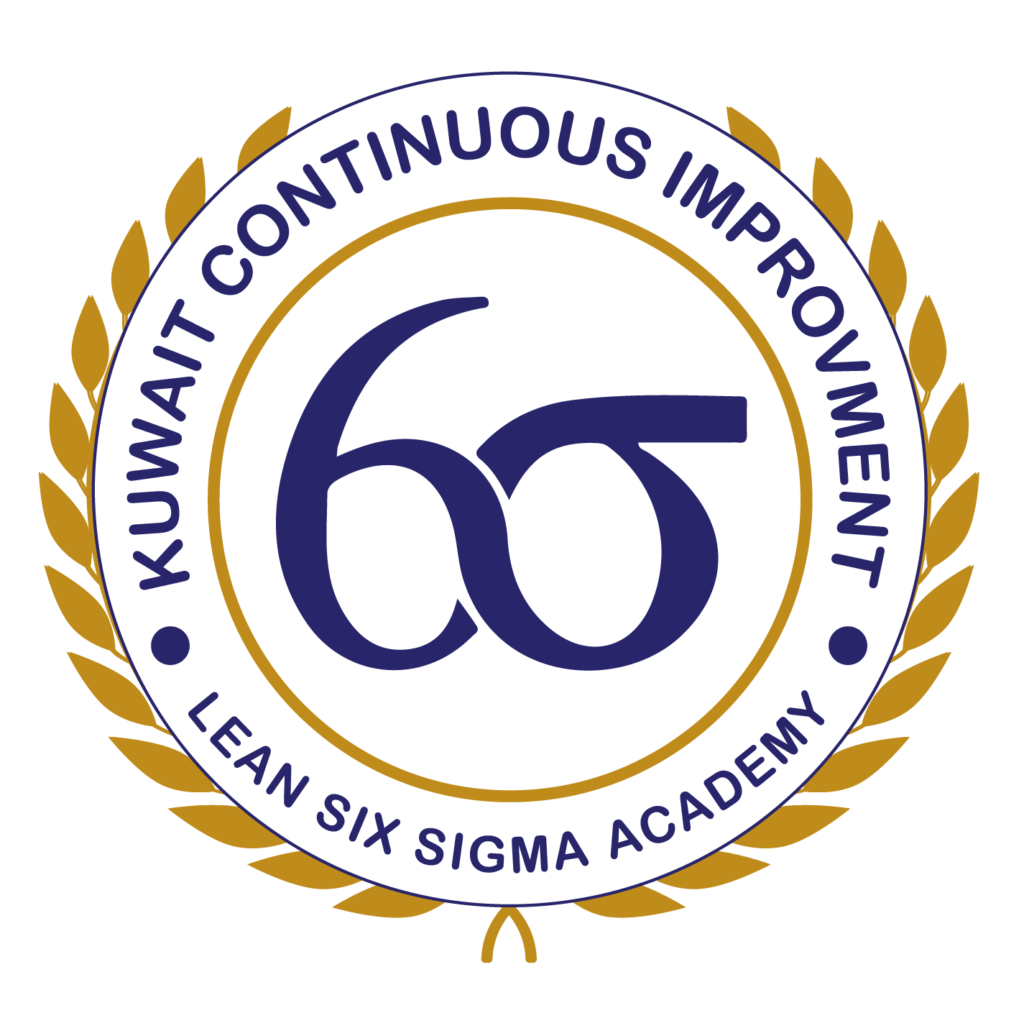



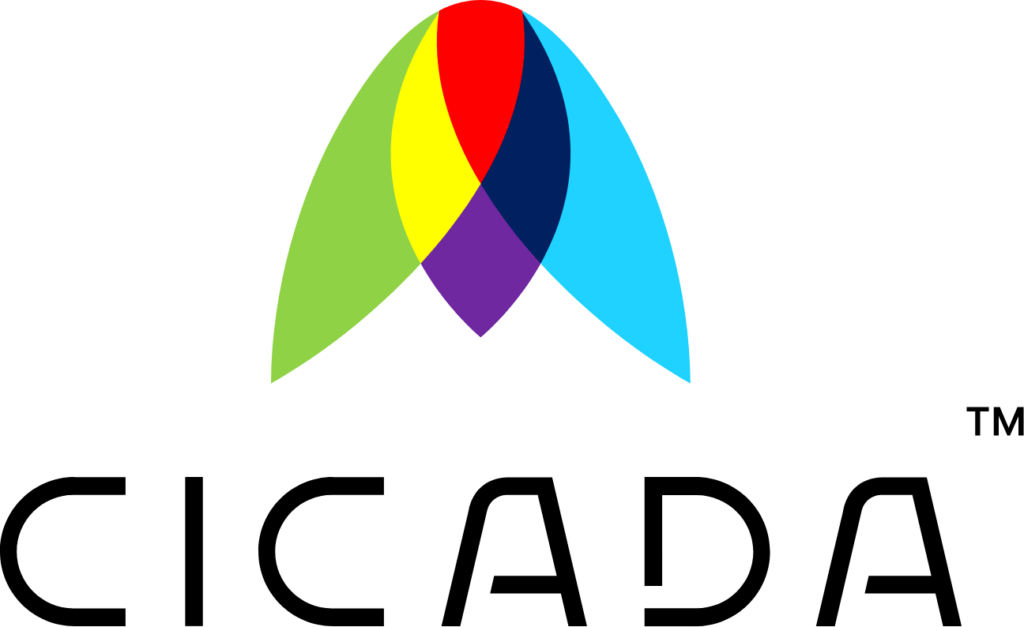

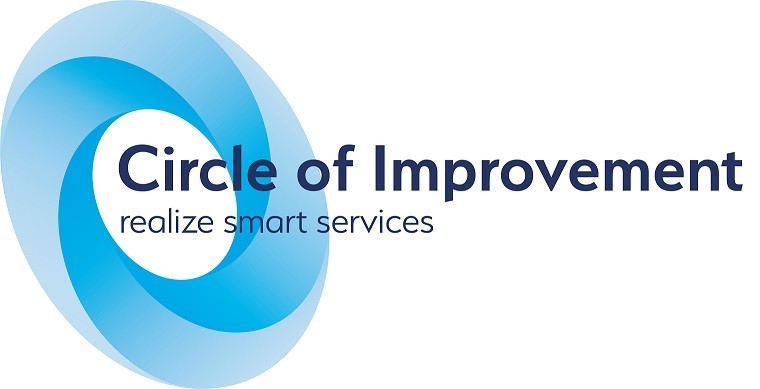



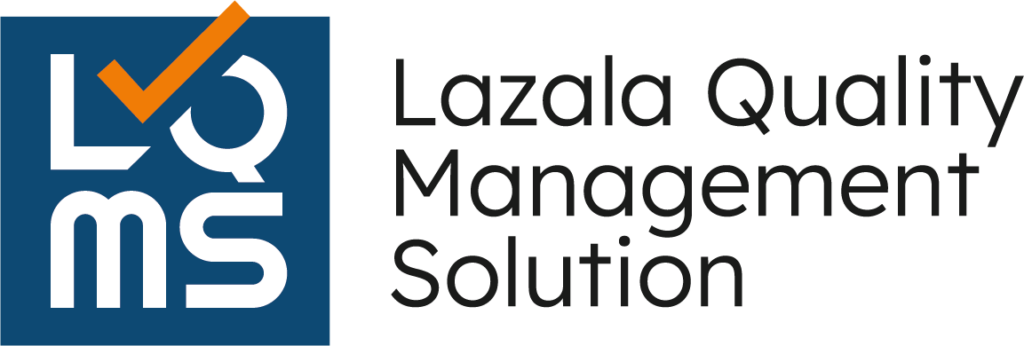




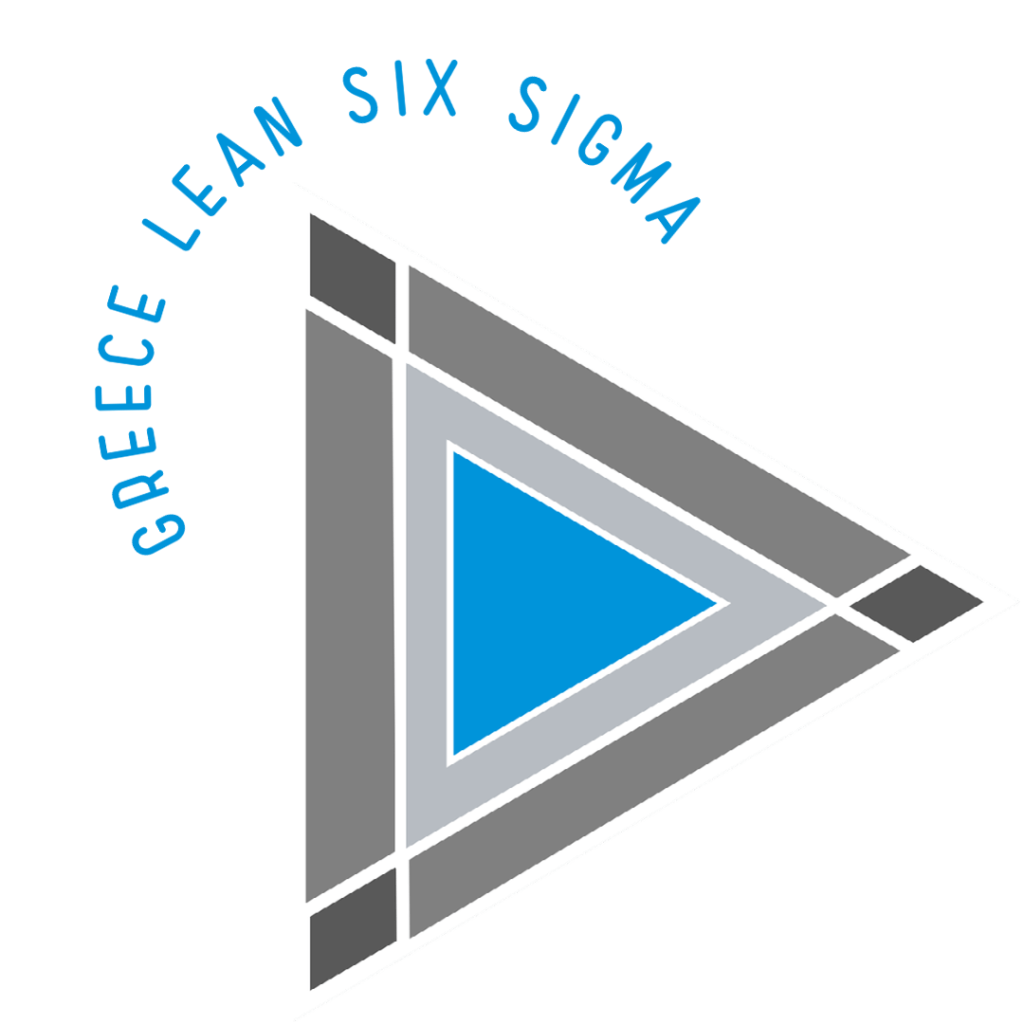



![UCOURSE.ORG [UCOURSE Academy] was established in Hong Kong in 2019 (company name: UCOURSE LTD), dedicated to providing high-quality online courses and courses for Chinese people in China, Hong Kong, and even all over the world. UCOURSE.ORG 【优思学院】于2019年成立于香港(公司名称:优思学院有限公司 / UCOURSE LTD),致力于为中国、香港、以至身处于全球各地的中国人提供优质的线上课程和考试认证,促进全国的人材培育、个人的职业发展,让学员在事业上事半功倍,同时助力国家的未来的急促发展。](https://ilssi.org/wp-content/uploads/2021/02/ucourse-logo-250.png)











